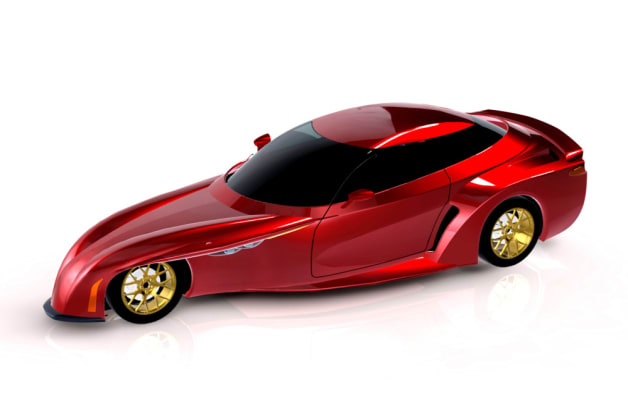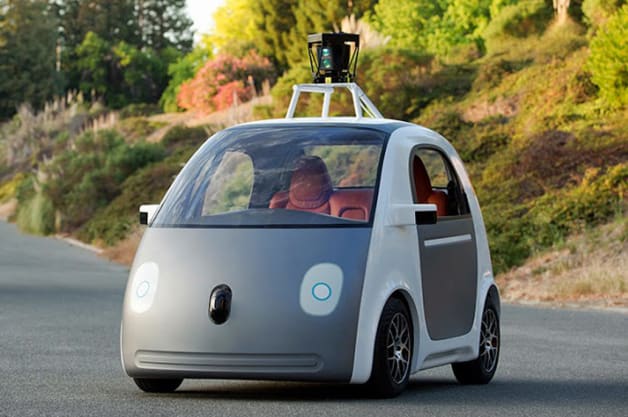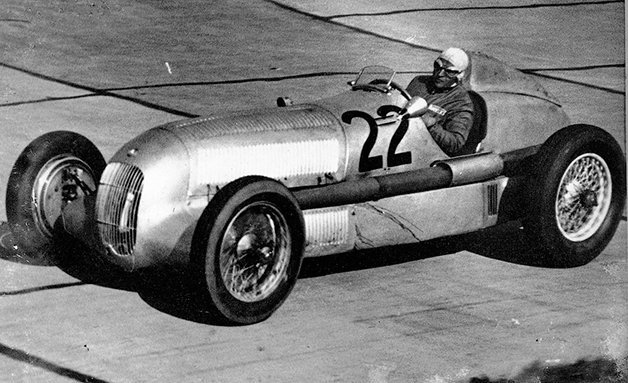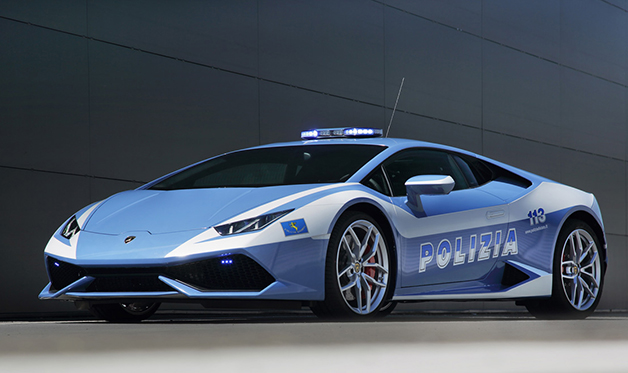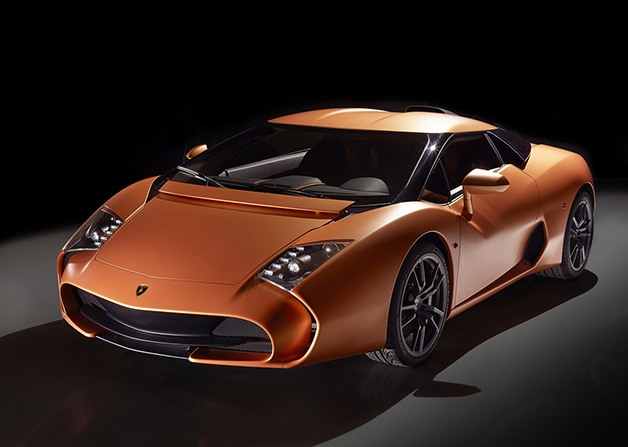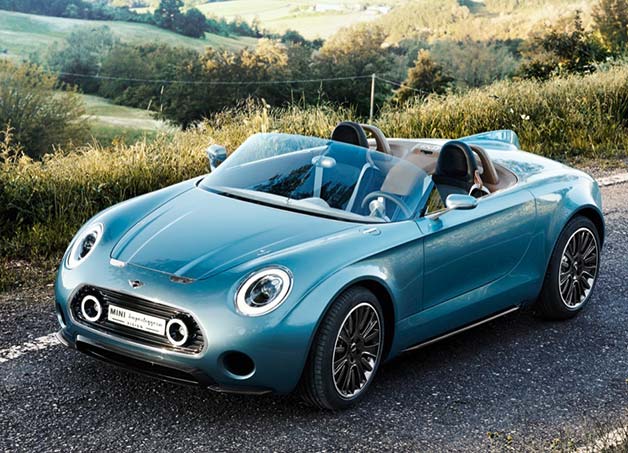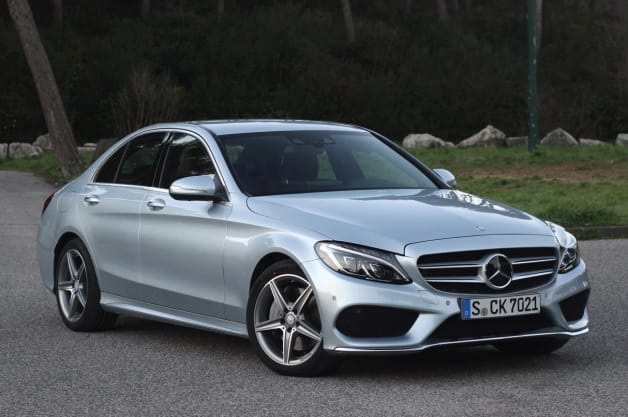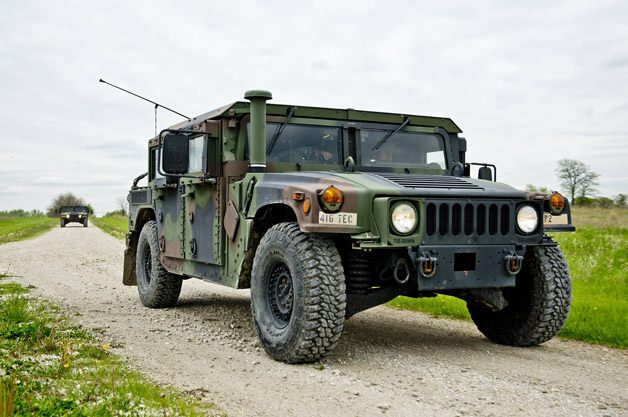Am I seeing double?
Nope, on the very same day as BMW let us loose in one new mid-size four-door coupe-hatchback, the 4-series Gran Coupe, it let us loose in another, the
X4. The X4 being the taller one with semi-SUV undercarriage.
Mini-me X6?
Couldn't have put it better. A bit less intimidating, because it's
smaller. But still pug-nosed and wasp-tailed and not by any stretch a
beauty.
Are they trying to come over all Macan on us?
You could say, but it's still a heavy lump of as thing - 1.9 tonnes
with a six-cylinder engine up front. And it feels its weight.
In straight lines or corners?
Both.
Straights first please
OK, we drove the 306bhp 35i petrol. Even tough it has a turbo, it
really needs big revs to dole out the kind of forward wrench you'd
expect. And then it guzzles fuel - I got just 20 miles out of each
imperial gallon.
But the UK gets a diesel-only range (BMW have none for our testing
yet). The top one is the 35d, with a tad more power and much more torque
than the 35i. Its numbers are 313bhp and 465lb ft. Should do the job.
There will also be the 20d, one of the first applications of BMW's
all-new 2.0 diesel, more refined than the old unit and more economical.
Oh, and with the 35i, there was a slightly disquieting sense, after a
few downhill straight-corner pairings, that the brakes didn't have a
whole lot in reserve.
And corners?
Well there's no argument with its actual appetite for bends, which it
can gulp its way through with nary a burp. The active rear diff,
optional in X3s, is standard in the X4, and the springs and dampers are
stiffer, and the steering rack sharper on lock. You want the adaptive
damper option too. Switch into the sport mode and you kill most
understeer, and then the thing pivots round the bend with vein-popping
determination as you get on the right pedal. But that's the thing. It's
having to work very hard and you know it. It doesn't tickle your driving
buds with delicacy or feedback.
Do you lose much practicality for the looks?
The X4 shares front wings and doors and a bonnet with the X3, and
inside it has the same dash, but the seats are lower within the body.
There's only just enough room in the back seat, and your knees are aimed
uncomfortably upward. The boot's useful though.
But I can get a different BMW if I want practicality.
Indeed. If you want a mid-size BMW with four doors and a tailgate,
you can now get it in no less than five different elevations. Starting
from the lowest (deep breath): 4-series Gran Coupe, 3-series Touring,
3-series Gran Turismo, X4 and X3. Root around BMW UK's web configurator
and it's possible to spec each and every one of them with the 35d
engine, 8-speed autobox and four-wheel drive.

